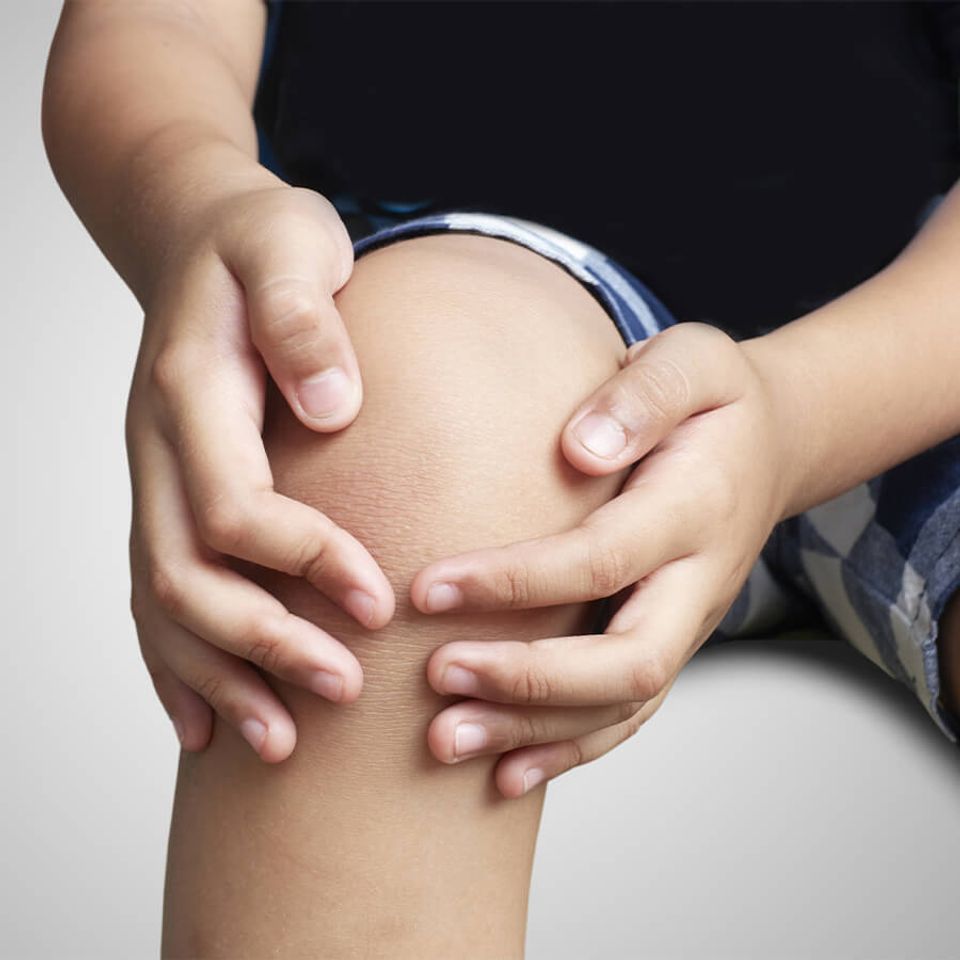
Treating your child's
growing pains
Bringing your child to see a chiropractor can help with managing and relieving the swelling and pain caused by growing pains. Rather than a prescription or over-the-counter solution, we offer a non-invasive and non-addictive treatment alternative for your child.
We conduct a physical exam on the first visit and then provide gentle spinal adjustments. These adjustments reduce joint restrictions or misalignment of the spine and other joints.
A chiropractic adjustment reduces inflammation and improves functions of the nervous system and joints treated. This helps your child's body more effectively manage symptoms caused by growing pains.
We conduct a physical exam on the first visit and then provide gentle spinal adjustments. These adjustments reduce joint restrictions or misalignment of the spine and other joints.
A chiropractic adjustment reduces inflammation and improves functions of the nervous system and joints treated. This helps your child's body more effectively manage symptoms caused by growing pains.





